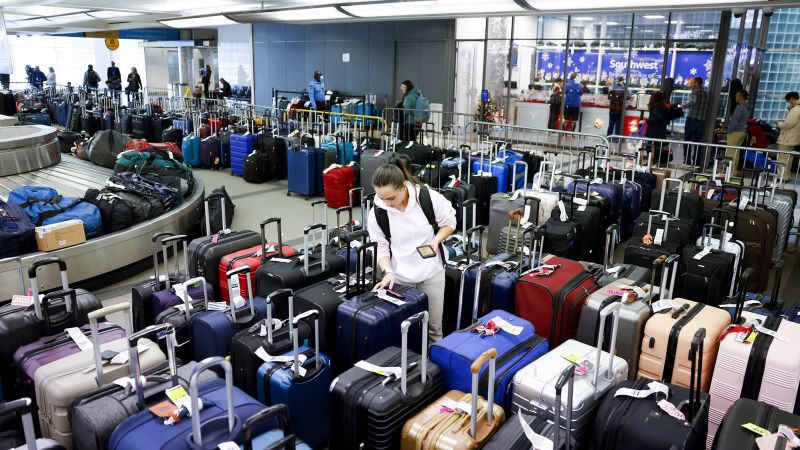Southwest Airlines has unveiled an “action plan” to prevent another operational meltdown like the one from last December that left 16,700 flights canceled and 2 million passengers stranded over the busy holiday travel season.
The airline’s plan calls for increasing the availability of winter equipment and staffing at some airports, investing in technology to help it quickly restart operations during extreme weather and improving communication and decision-making processes across departments that handle flight operations.
Late last year, a winter storm barreled through the United States and disrupted thousands of flights. Although many airlines were able recover relatively quickly, Southwest Airlines didn’t return to normal operations for several days. Crewmembers were left stranded because they were unable to communicate with their dispatchers and schedulers, and the airlines’ legacy technology could not keep up with the rate of changes.
Southwest
(LUV) said in the action plan, published Thursday, that it has “taken many weeks of work to sort through the complexity of contributing factors” and the “root causes and lessons learned are guiding our efforts to make Southwest
(LUV) better prepared to handle truly extreme winter weather events as we move forward.”
The Dallas-based airline is investing $1.3 billion on technology projects this year, about 25% more than it spent in 2019, the last full year before the pandemic.
Southwest’s meltdown has caught the ire of Congress and its pilot union. The pilots’ union has previously testified that the operation was held together by “duct tape” and that the airlines’ technology failures were predictable and avoidable because the system has failed multiple times “with increasing frequency and magnitude.” The Department of Transportation is also investigating the airline.
In January, Southwest reported a loss for the fourth quarter because of the fiasco and warned the costs from those problems will result in another loss in the first quarter. The meltdown cost the airline about $800 million.
Read the full article here










